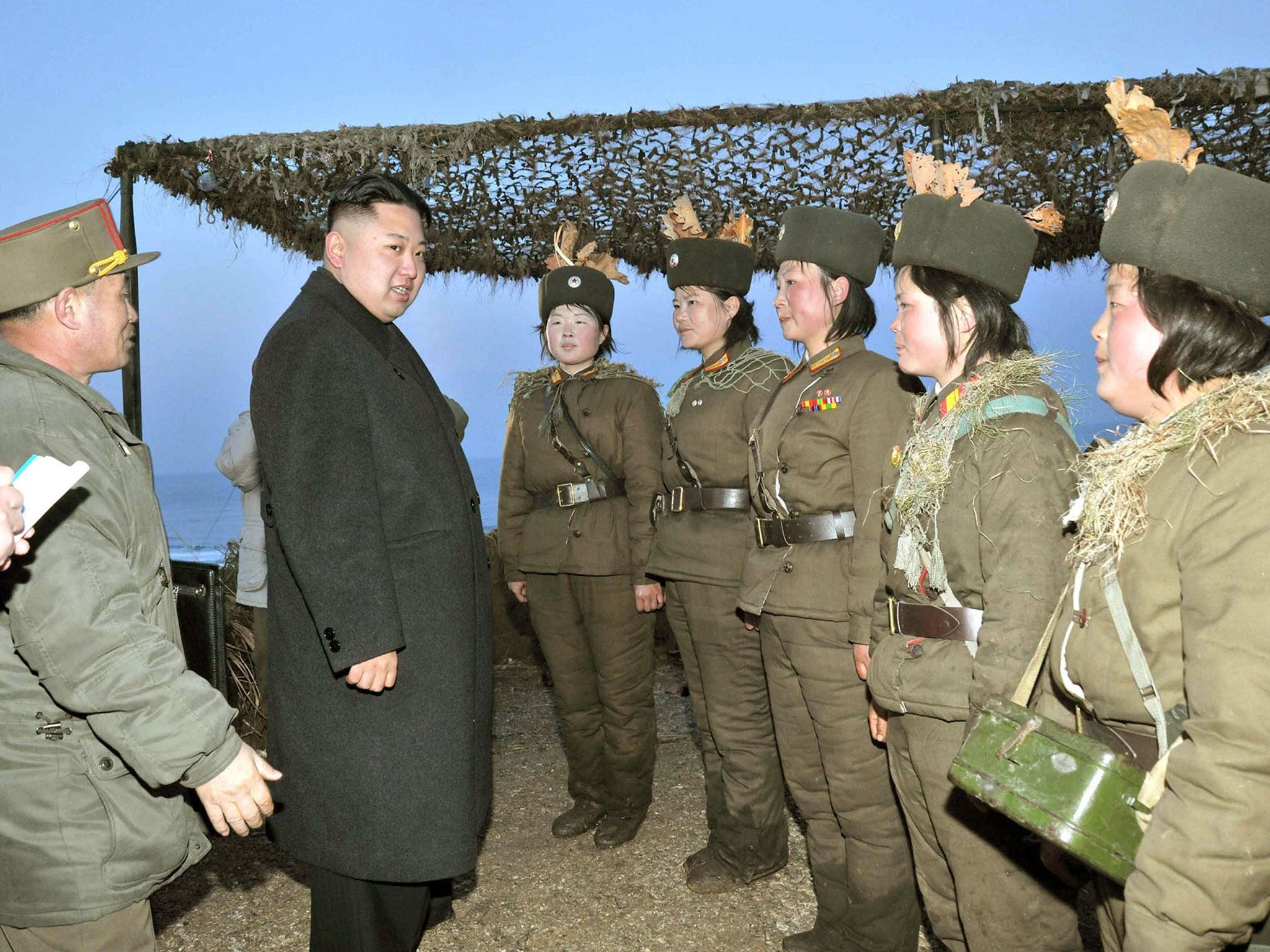North Korea's latest nuclear threat is a failed attempt to wring some concessions from West
The young Kim Jong-un remains an unknown quantity


Your support helps us to tell the story
From reproductive rights to climate change to Big Tech, The Independent is on the ground when the story is developing. Whether it's investigating the financials of Elon Musk's pro-Trump PAC or producing our latest documentary, 'The A Word', which shines a light on the American women fighting for reproductive rights, we know how important it is to parse out the facts from the messaging.
At such a critical moment in US history, we need reporters on the ground. Your donation allows us to keep sending journalists to speak to both sides of the story.
The Independent is trusted by Americans across the entire political spectrum. And unlike many other quality news outlets, we choose not to lock Americans out of our reporting and analysis with paywalls. We believe quality journalism should be available to everyone, paid for by those who can afford it.
Your support makes all the difference.After two decades of provocation, the latest rabid bluster emanating from Pyongyang may sound like business as usual. But a variety of reasons makes the current behaviour by North Korea more alarming than past outbursts.
For one thing, there are relatively new and untested leaders in both halves of the divided peninsula. Park Geun-hye has been South Korean President only since 26 February, while the young Kim Jong-un remains an unknown quantity.
For another, its February underground nuclear test, following December’s successful launch of a satellite, may have brought the North closer to the goal that genuinely scares the West, a nuclear warhead small enough to be carried on a long-range missile. Despite the unending barrage of propaganda, the conventional threat posed by the North has diminished. South Korea’s forces, though smaller, are much better-equipped and armed and supported by 28,500 US troops based in the country (some of them in the capital Seoul, which Pyongyang is again threatening to turn into “a sea of fire”).
But a genuine nuclear capability would transform the equation. Exactly how near the North is to a functioning missile, no one outside a small group of top officials inside the closed country knows. But in 2009 the country was estimated to have up to a dozen nuclear devices. Four years on, and with both plutonium and enriched uranium programmes running, Pyongyang surely has more.
And whatever else, the pace of the provocations is quickening, and China, the one power that has leverage on the North, currently seems unable (or unwilling) to use it. As always North Korea craves attention. But it may believe that its apparent nuclear advances merit new economic and diplomatic concessions from the West in return for Pyongyang promising henceforth to behave. This time those concessions haven’t been forthcoming, and the North seems genuinely angry.
Join our commenting forum
Join thought-provoking conversations, follow other Independent readers and see their replies
Comments